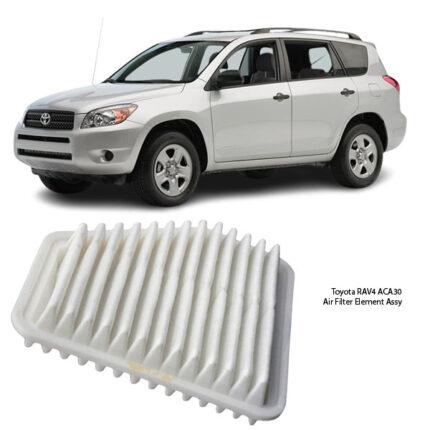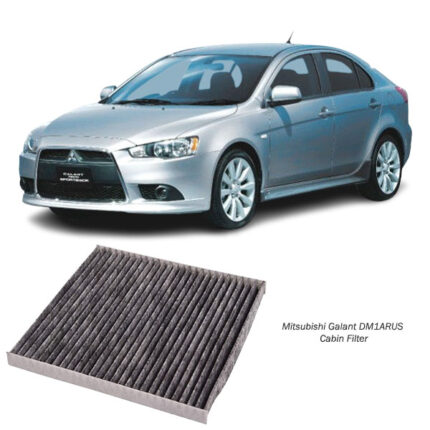-20%
Get Nissan March Air Cleaner 16546-41B00
Cabin filters, also known as air filters or HVAC filters, are essential components in a vehicle’s heating, ventilation, and air conditioning (HVAC) system. They are designed to filter out harmful pollutants and contaminants from the air that enters the vehicle’s cabin, ensuring that passengers breathe clean, fresh air. Here is an in-depth look at the role, types, benefits, and maintenance of cabin filters.
Role of Cabin Filters
The primary function of a cabin filter is to trap dust, pollen, smog, mold spores, and other airborne particles, preventing them from entering the cabin of the vehicle. This is particularly important for individuals with allergies or respiratory conditions, as it helps maintain a healthier air quality inside the car. Additionally, cabin filters can also remove unpleasant odors, providing a more pleasant driving experience.
Types of Cabin Filters
There are three main types of cabin filters, each with its specific features and benefits:
- Particulate Cabin Filters: These filters are designed to trap solid particles such as dust, pollen, and soot. They are typically made from a pleated paper or fabric material that captures contaminants as air passes through.
- Activated Carbon Filters: In addition to trapping solid particles, activated carbon filters can absorb gases and odors, such as exhaust fumes and industrial pollution. They contain a layer of activated carbon, which has a large surface area and high absorptive capacity, making them effective at neutralizing smells and harmful gases.
- Electrostatic Cabin Filters: These filters use electrostatically charged materials to attract and capture airborne particles. They are particularly effective at trapping fine particles like bacteria, mold spores, and allergens. Electrostatic filters can be more efficient than standard particulate filters, but they may also be more expensive.
Benefits of Cabin Filters
- Improved Air Quality: By trapping dust, pollen, and other pollutants, cabin filters help maintain a higher level of air quality inside the vehicle. This is crucial for passengers, especially those with allergies, asthma, or other respiratory conditions.
- Odor Removal: Activated carbon filters are particularly effective at removing odors from the air, ensuring that the cabin remains fresh and pleasant.
- Enhanced HVAC System Performance: A clean cabin filter ensures that the HVAC system operates efficiently. When the filter is clogged, it can restrict airflow, forcing the system to work harder and potentially leading to higher fuel consumption and increased wear on HVAC components.
- Protection Against Pollution: Cabin filters provide a barrier against harmful pollutants such as smog, exhaust fumes, and industrial emissions, which can be particularly beneficial in urban areas with high levels of air pollution.
Maintenance and Replacement
Regular maintenance and timely replacement of cabin filters are essential to ensure their effectiveness. Here are some key points to consider:
- Replacement Interval: Most vehicle manufacturers recommend replacing the cabin filter every 12,000 to 15,000 miles or once a year, whichever comes first. However, this interval may vary depending on driving conditions and environmental factors. For instance, vehicles driven in urban areas with high pollution or in dusty environments may require more frequent filter changes.
- Signs of a Clogged Filter: Common signs that a cabin filter needs replacement include reduced airflow from the HVAC system, unpleasant odors inside the vehicle, increased dust on interior surfaces, and a musty smell from the vents. If you notice any of these symptoms, it is advisable to check and replace the cabin filter.
- DIY Replacement: Replacing a cabin filter is usually a straightforward task that can be done by most vehicle owners. The filter is typically located behind the glove compartment or under the dashboard. Detailed instructions can be found in the vehicle’s owner’s manual, and replacement filters are available at automotive stores and online retailers.
- Professional Service: If you are not comfortable replacing the cabin filter yourself, professional service centers can perform this maintenance as part of routine vehicle servicing.
Follow us on Facebook for more parts.



